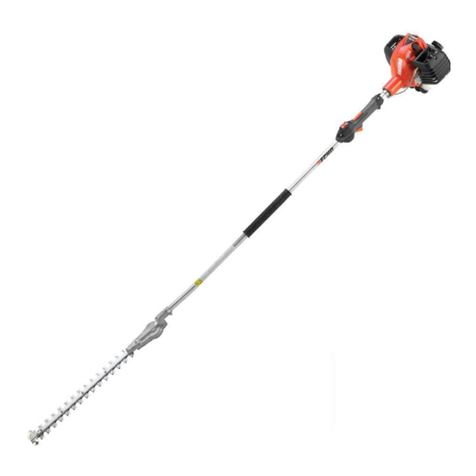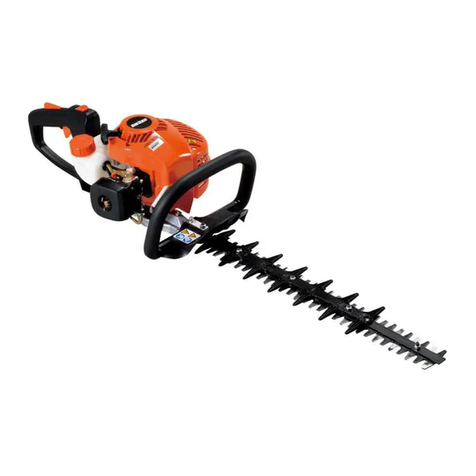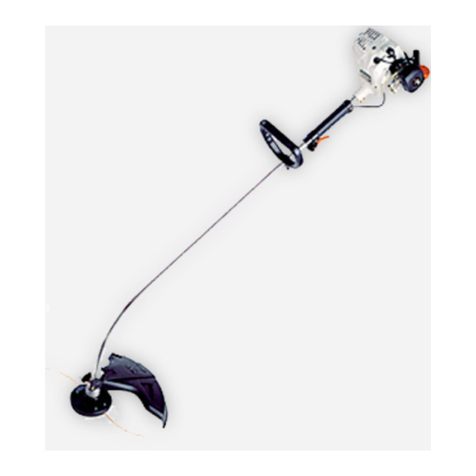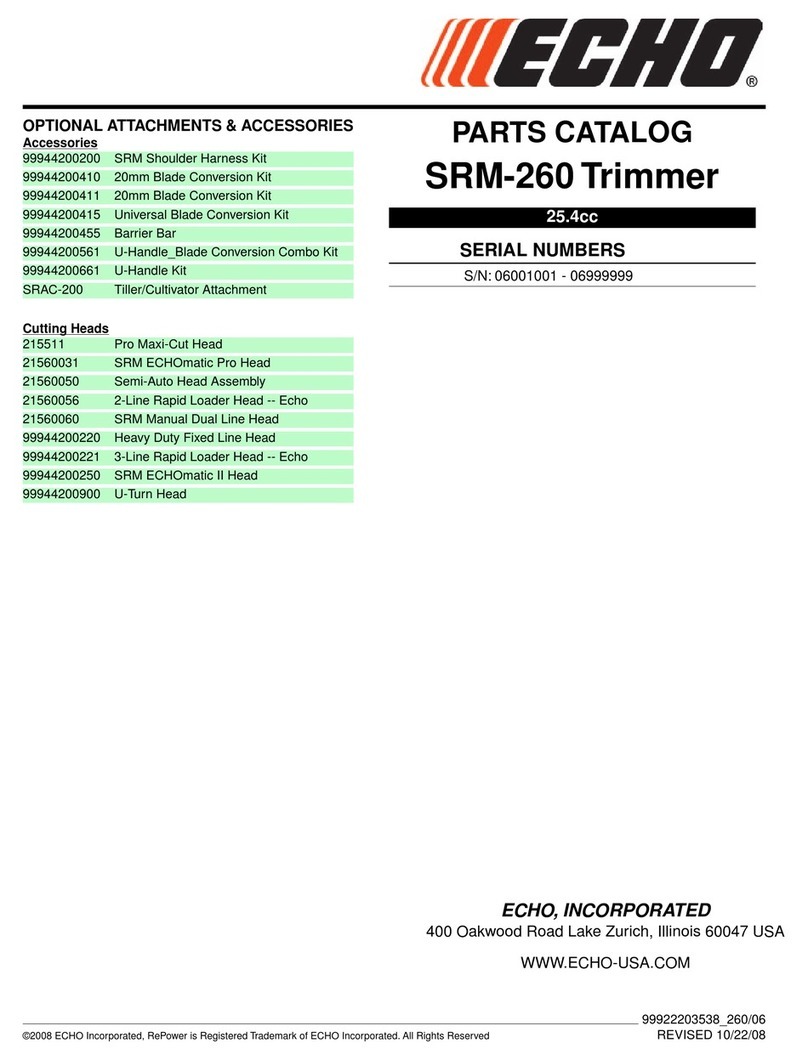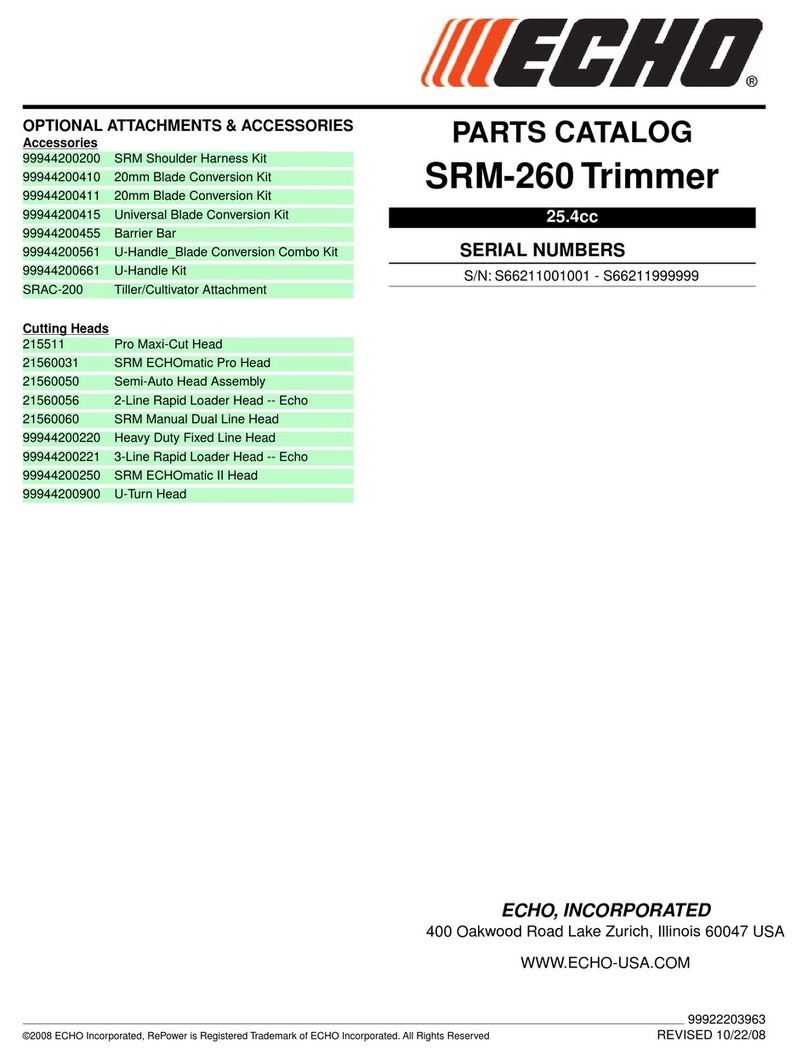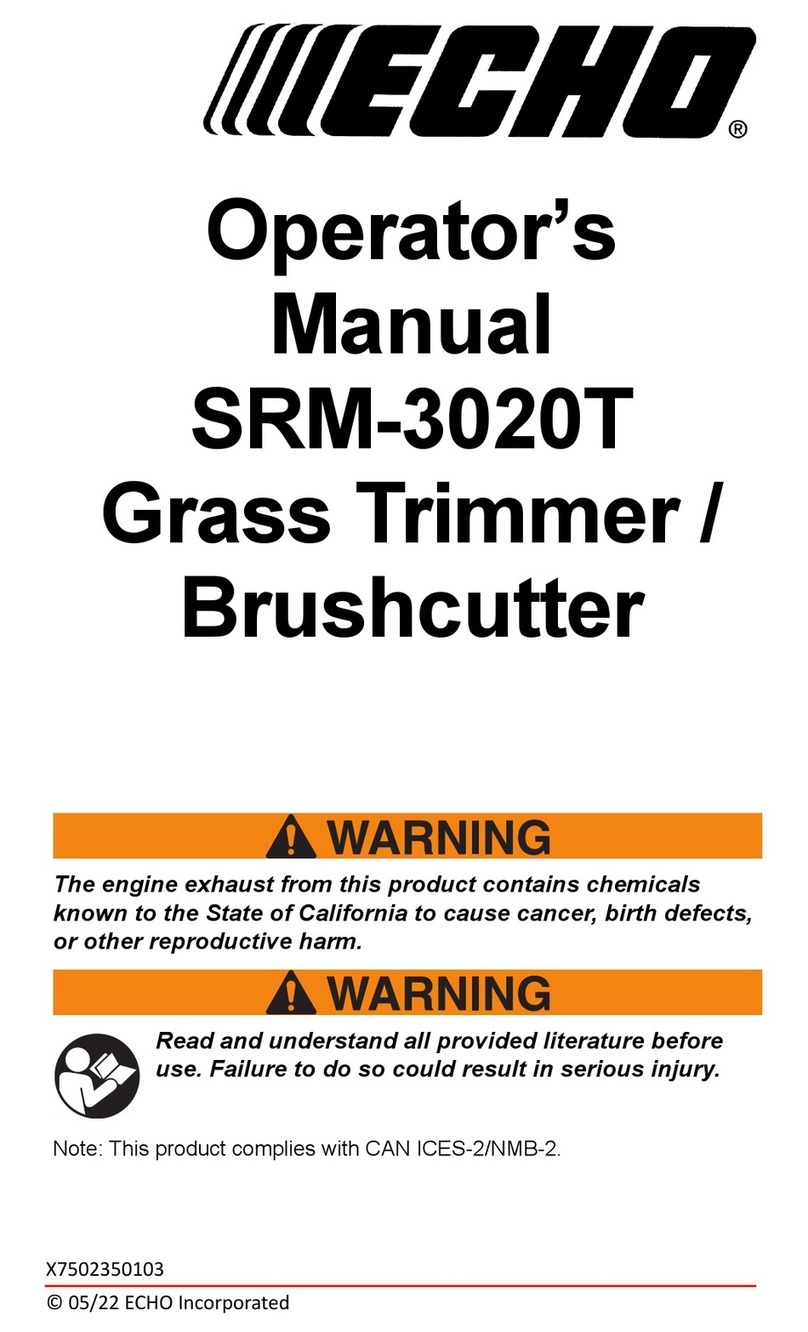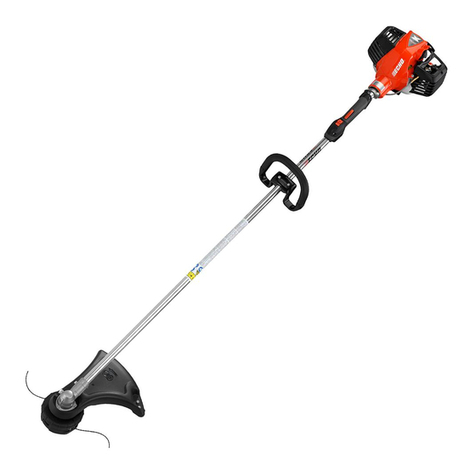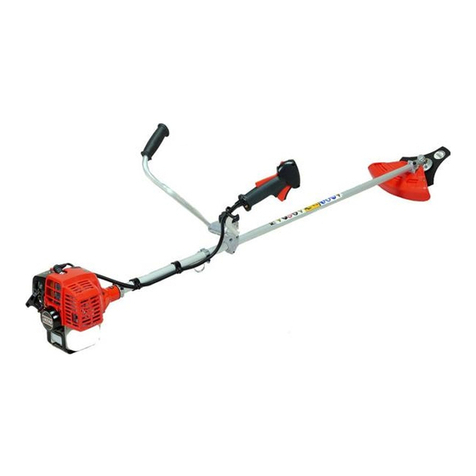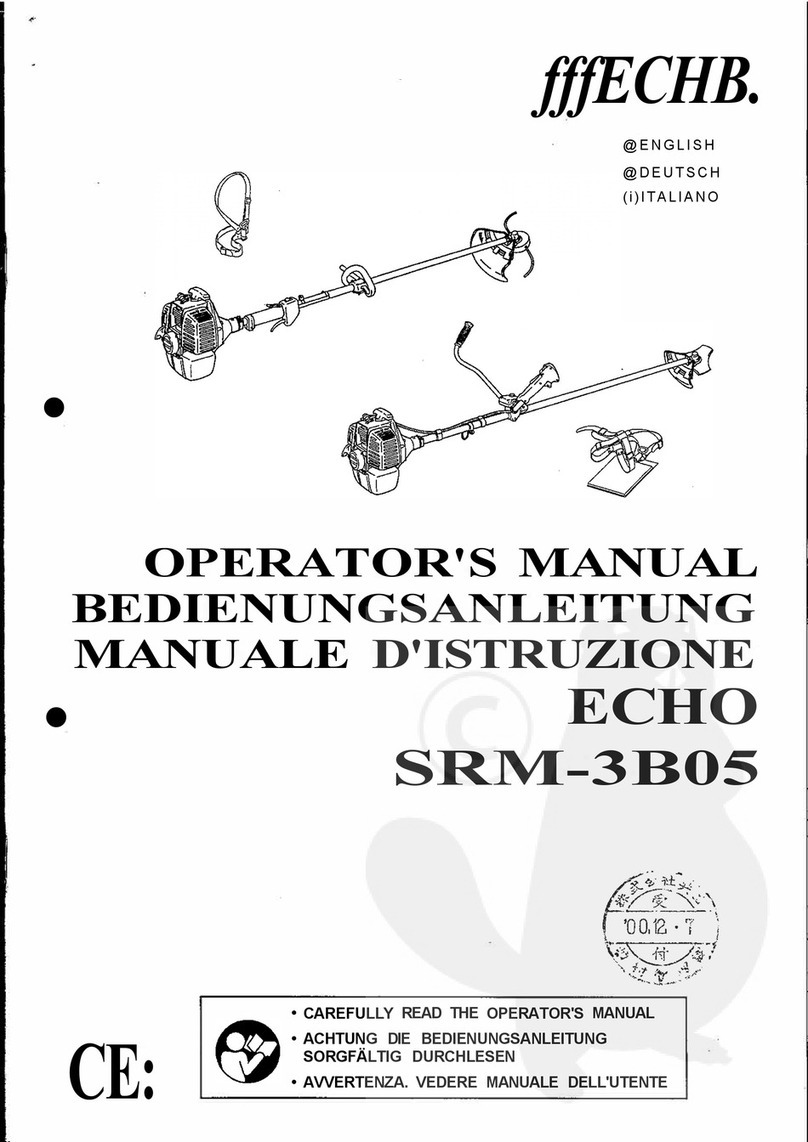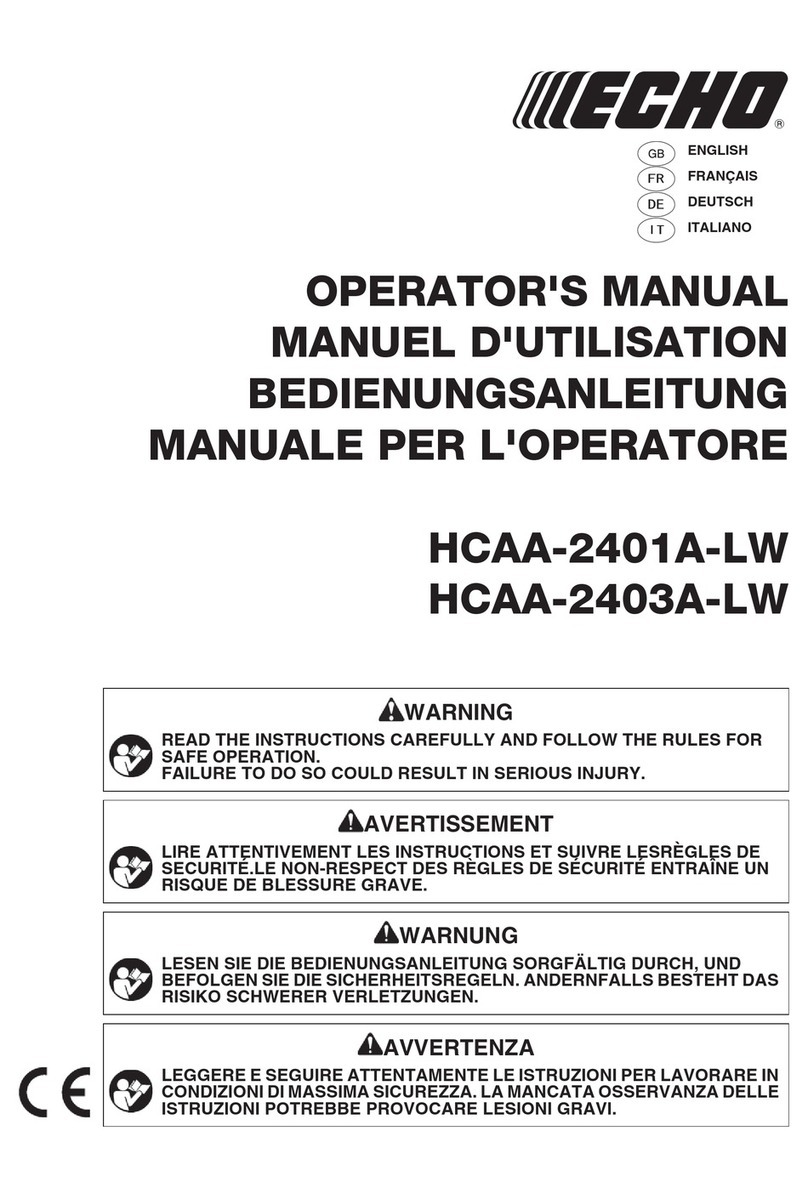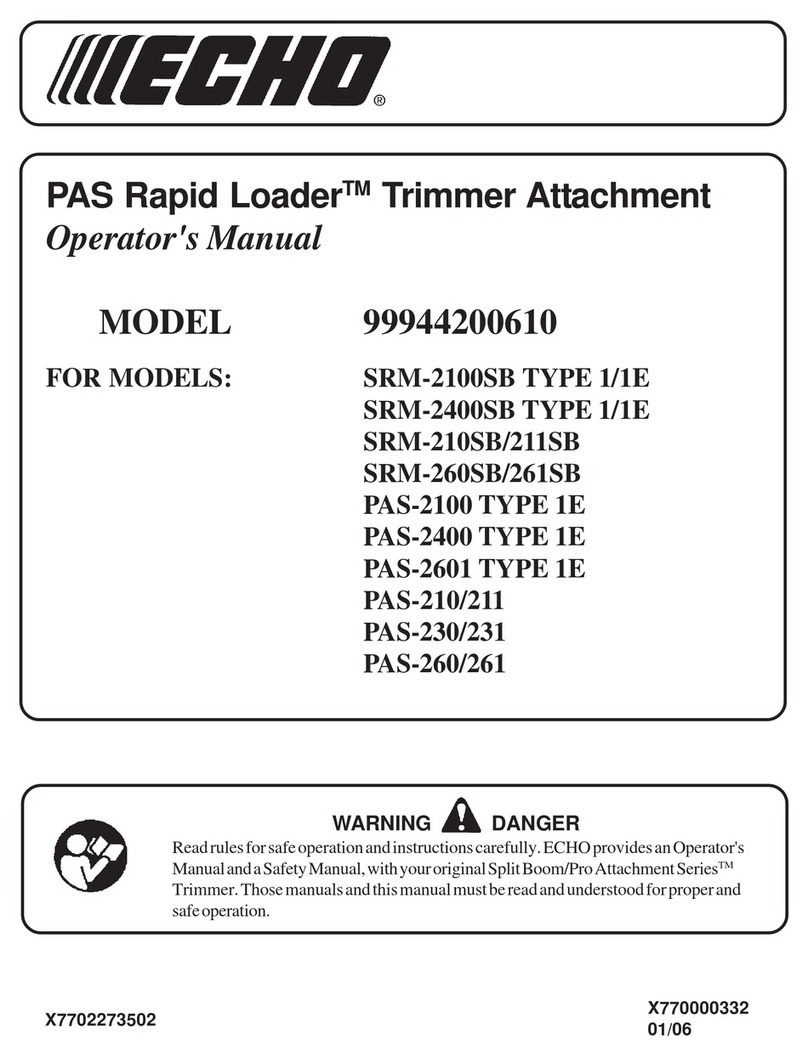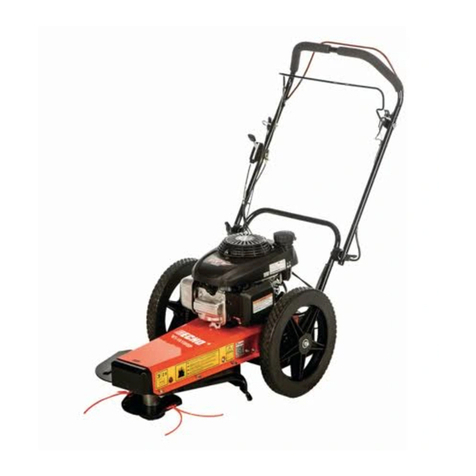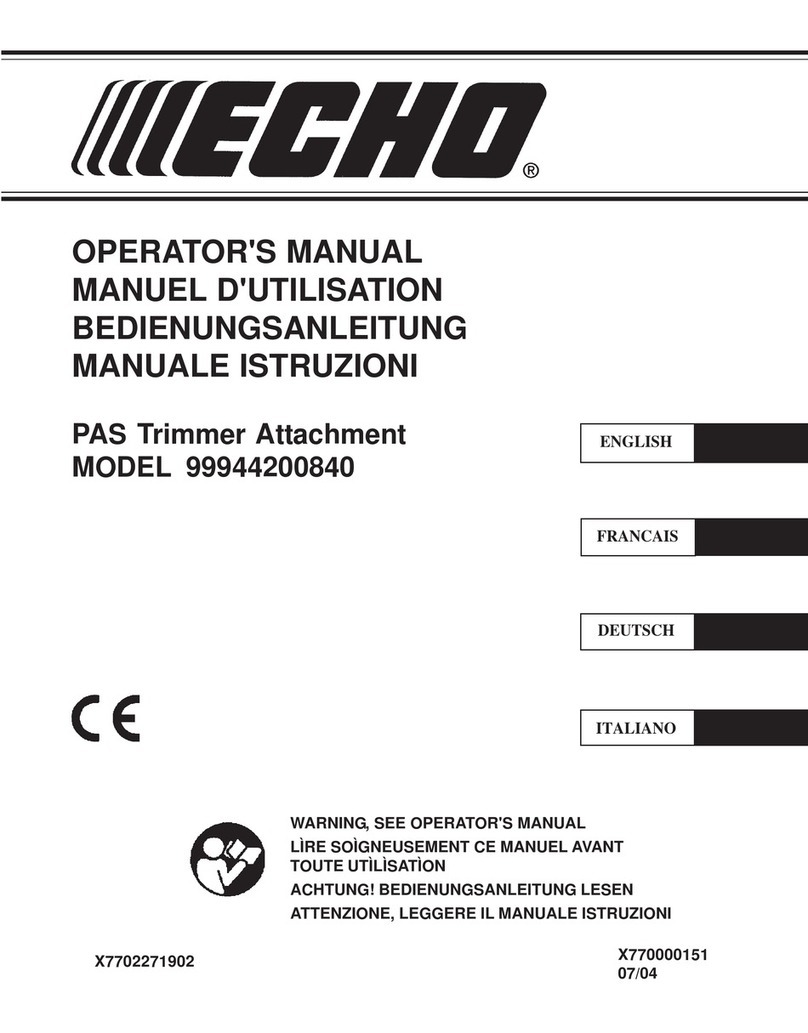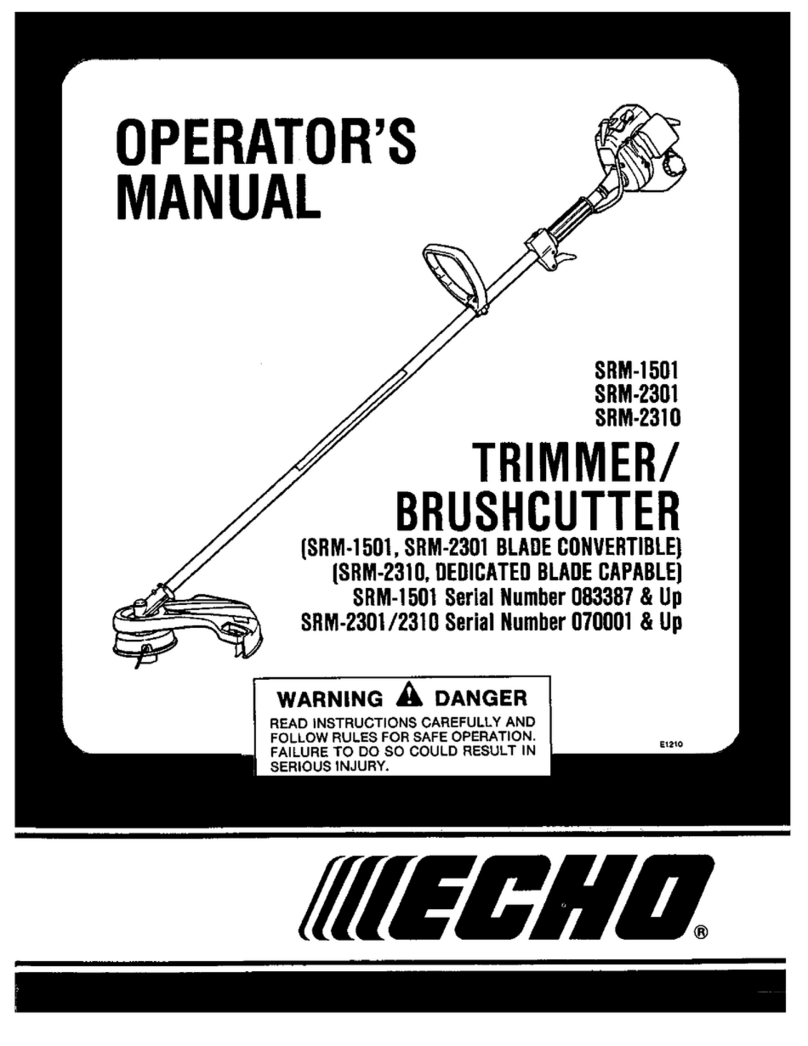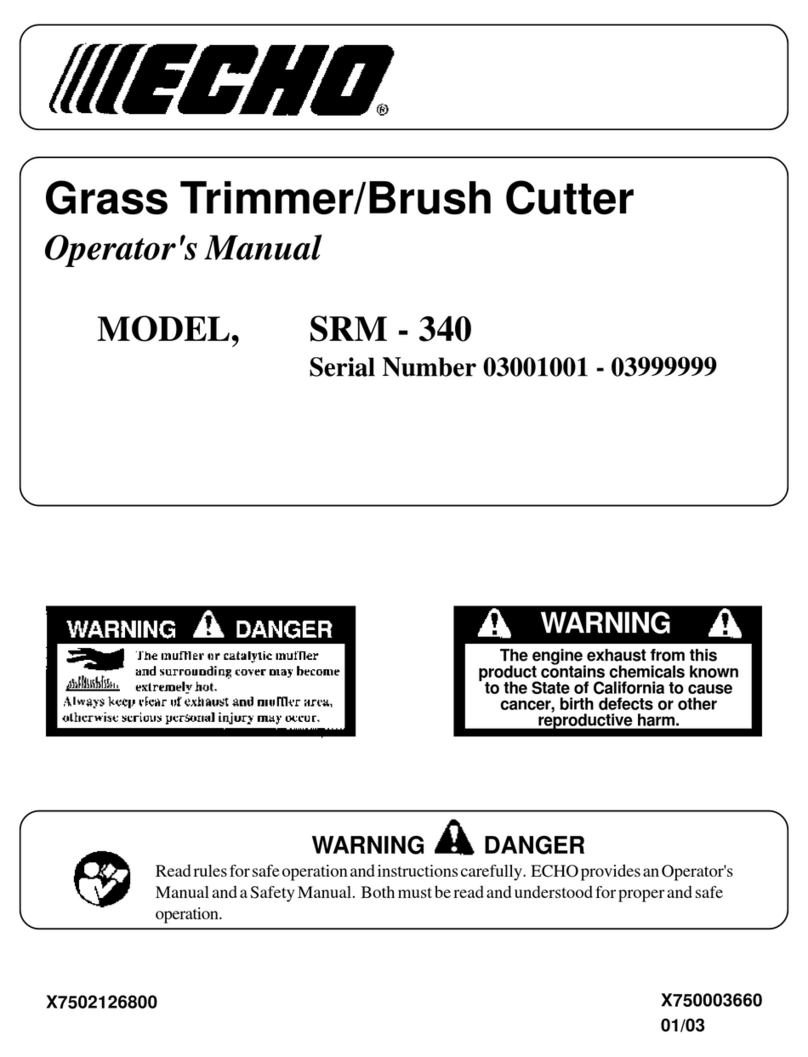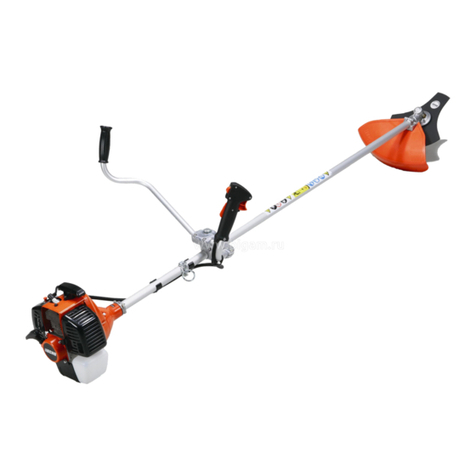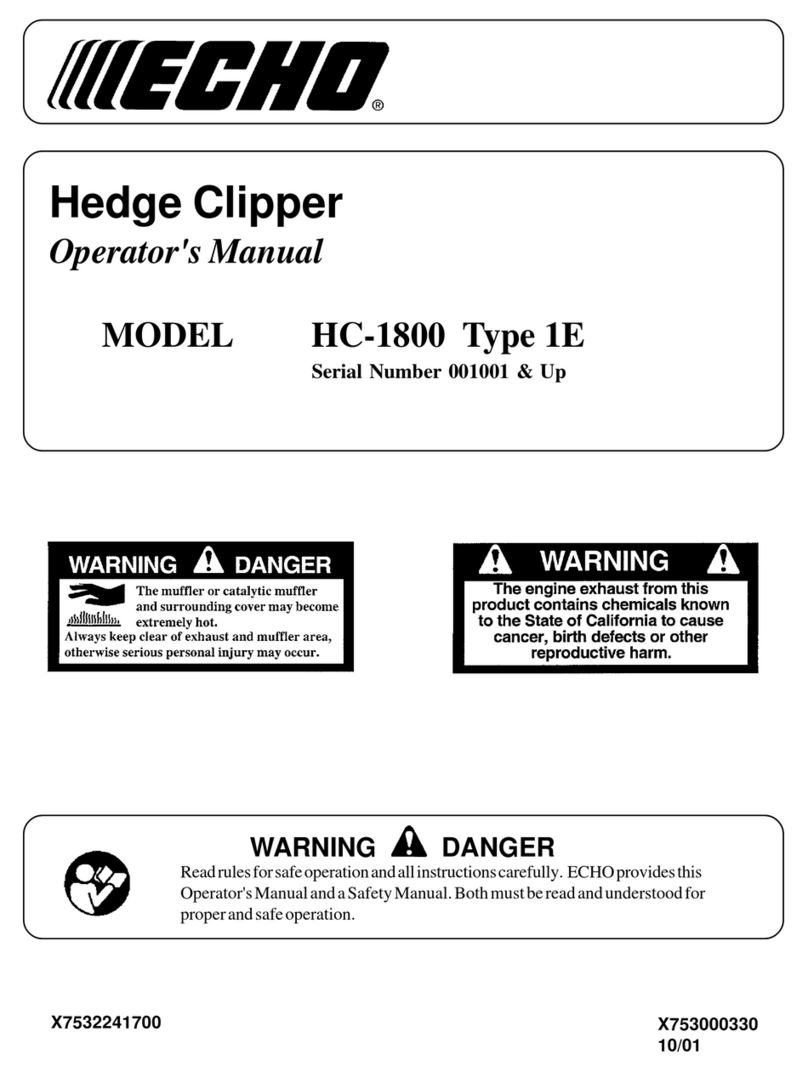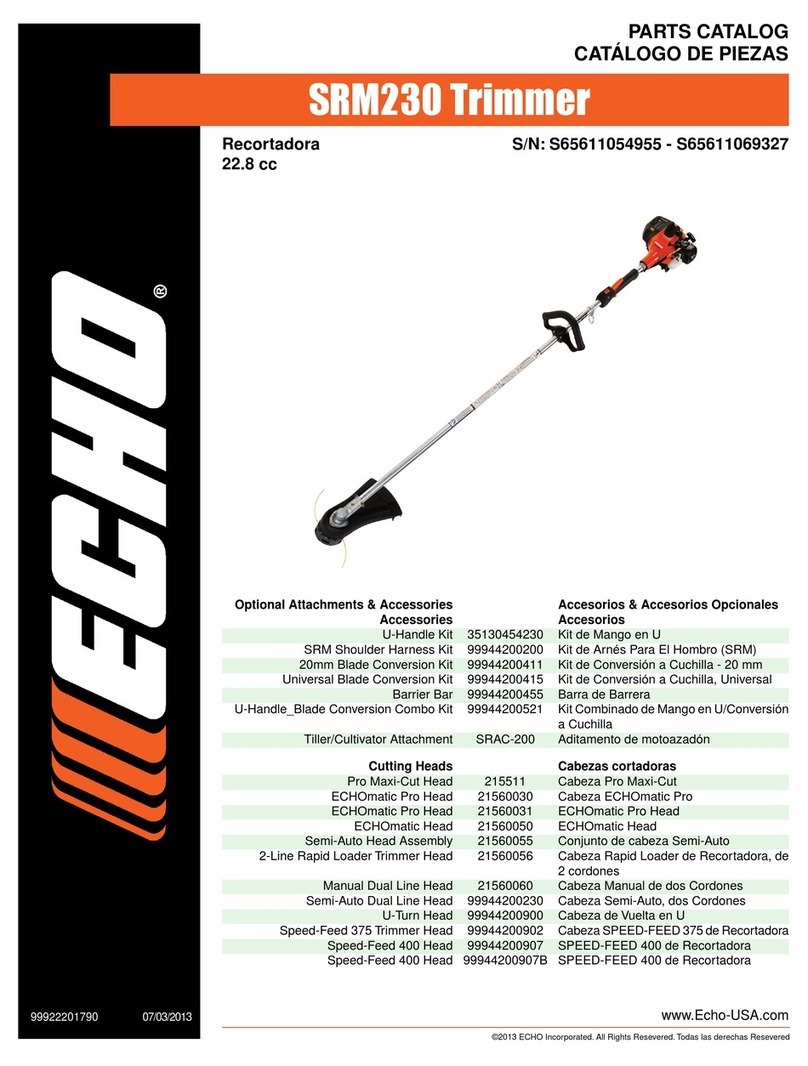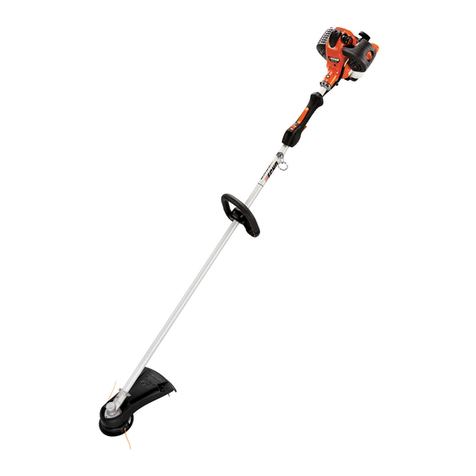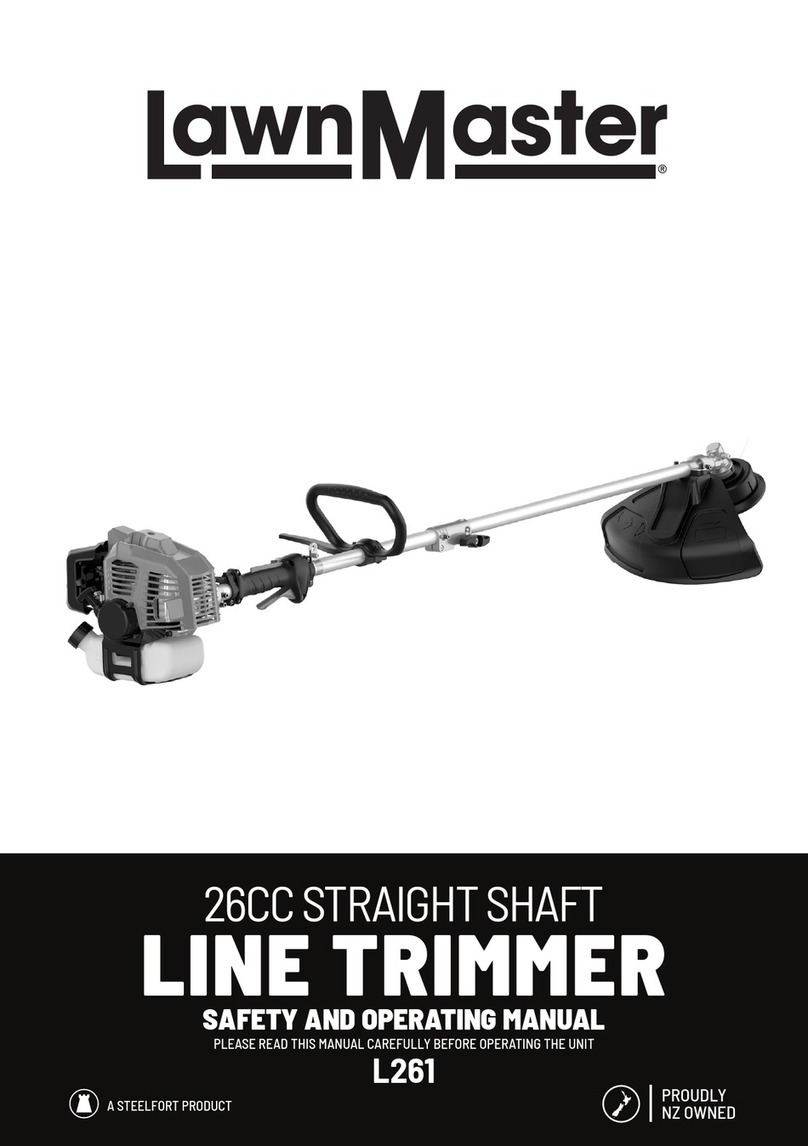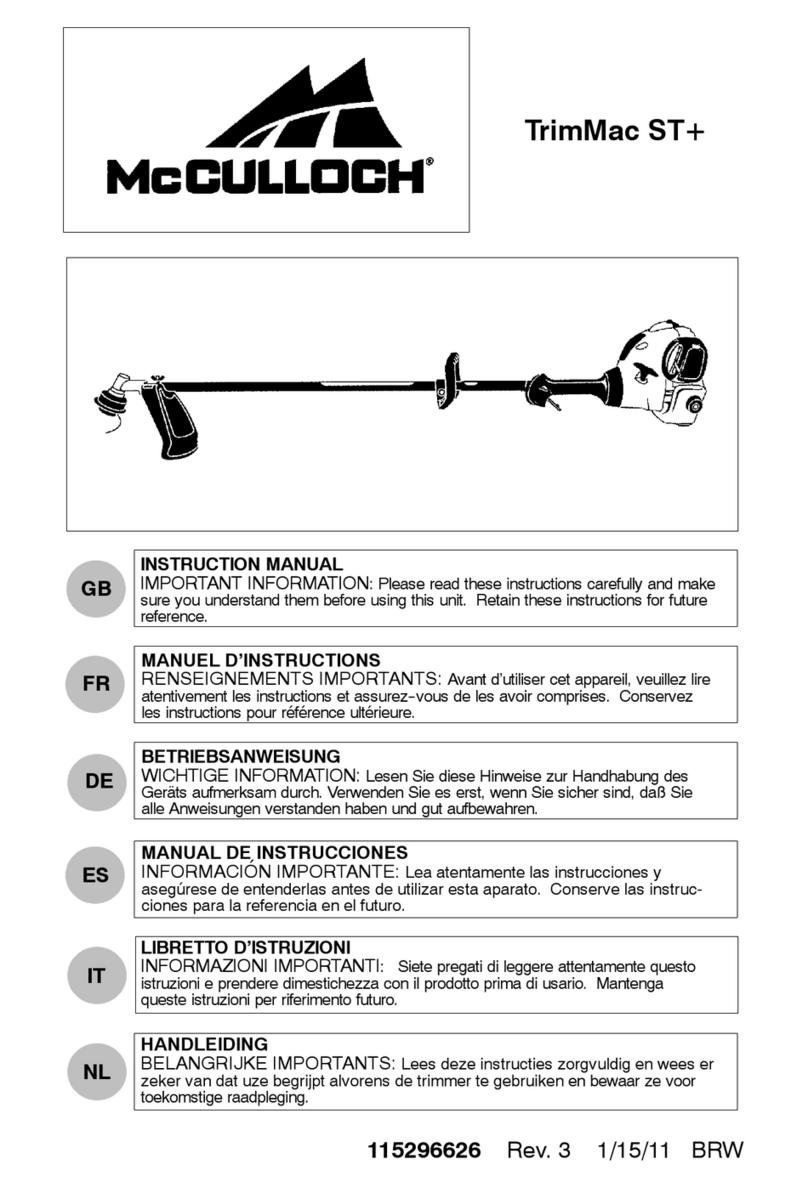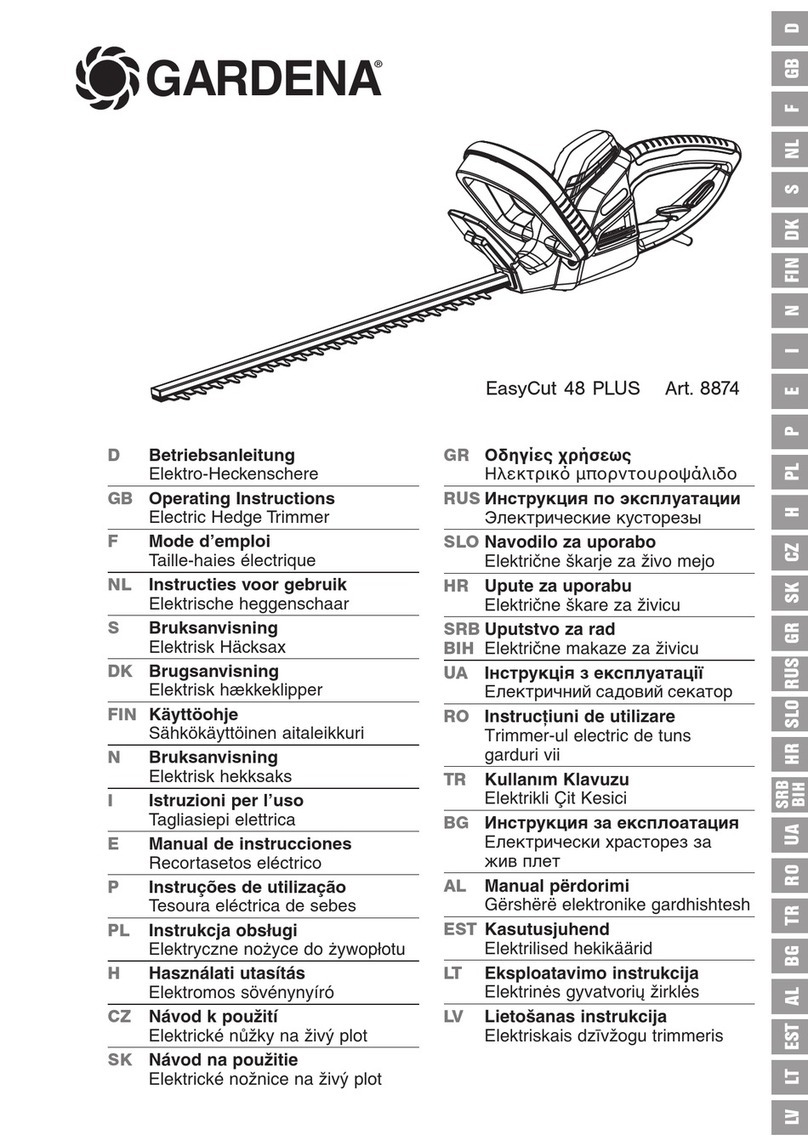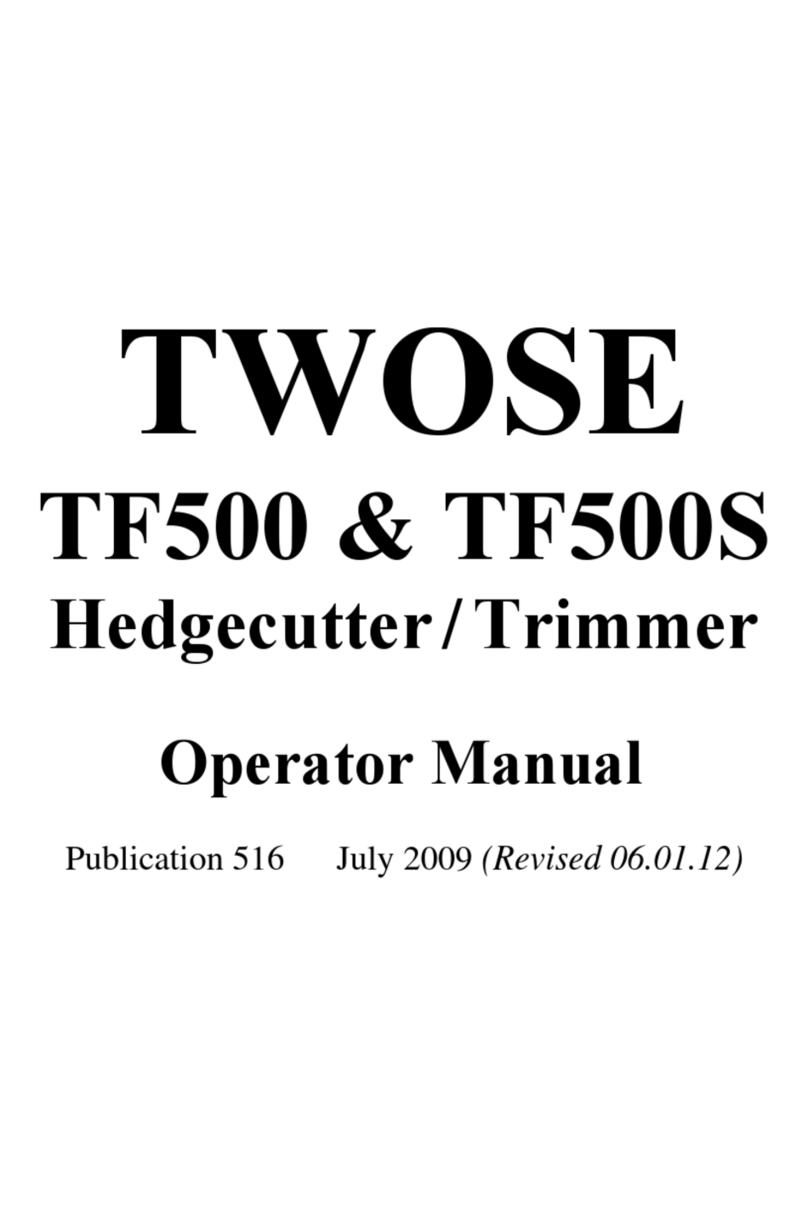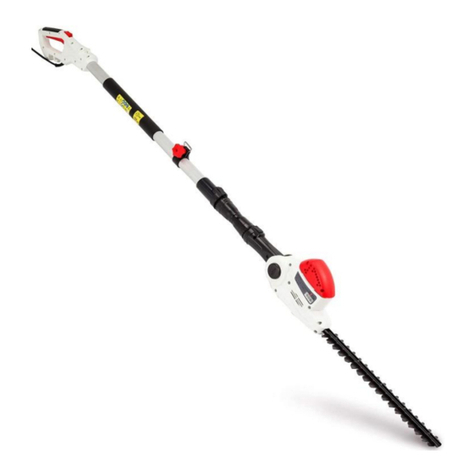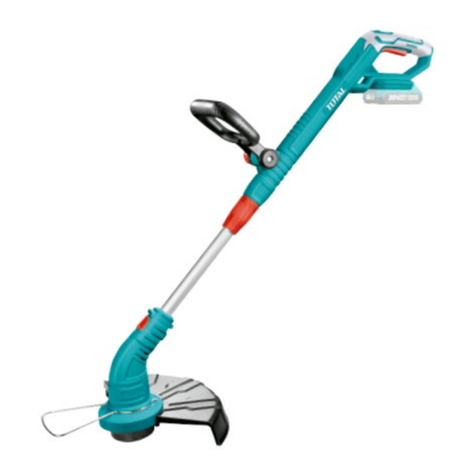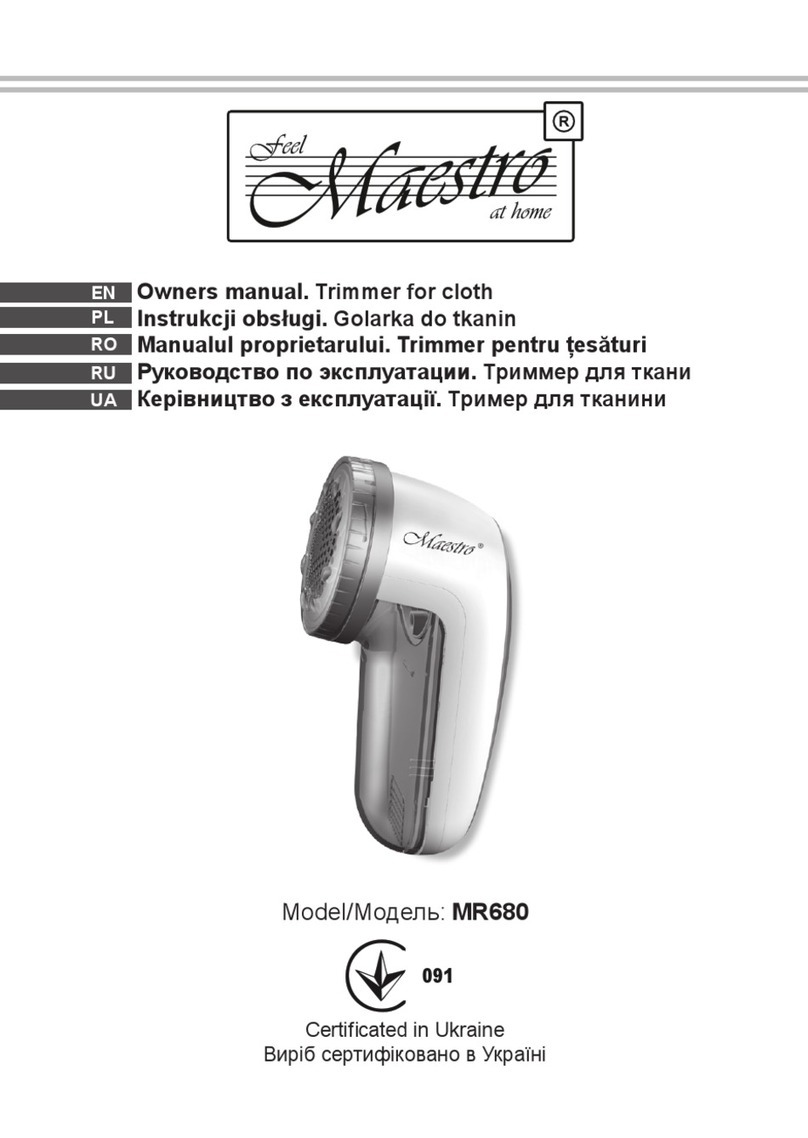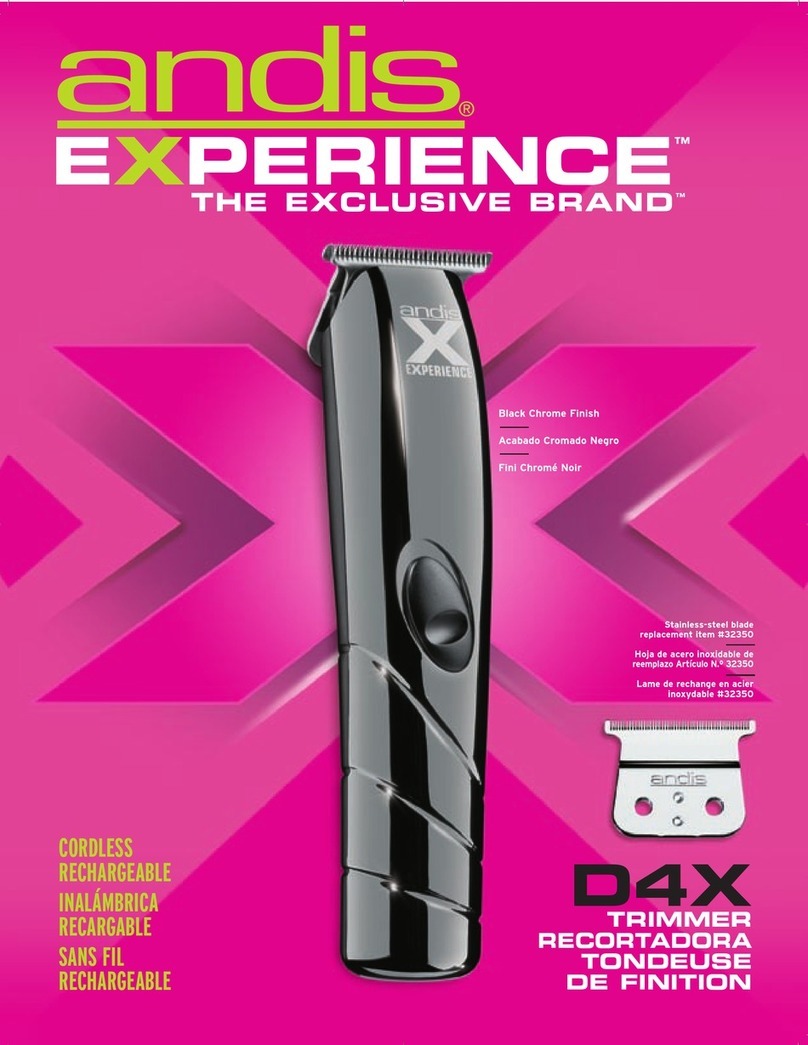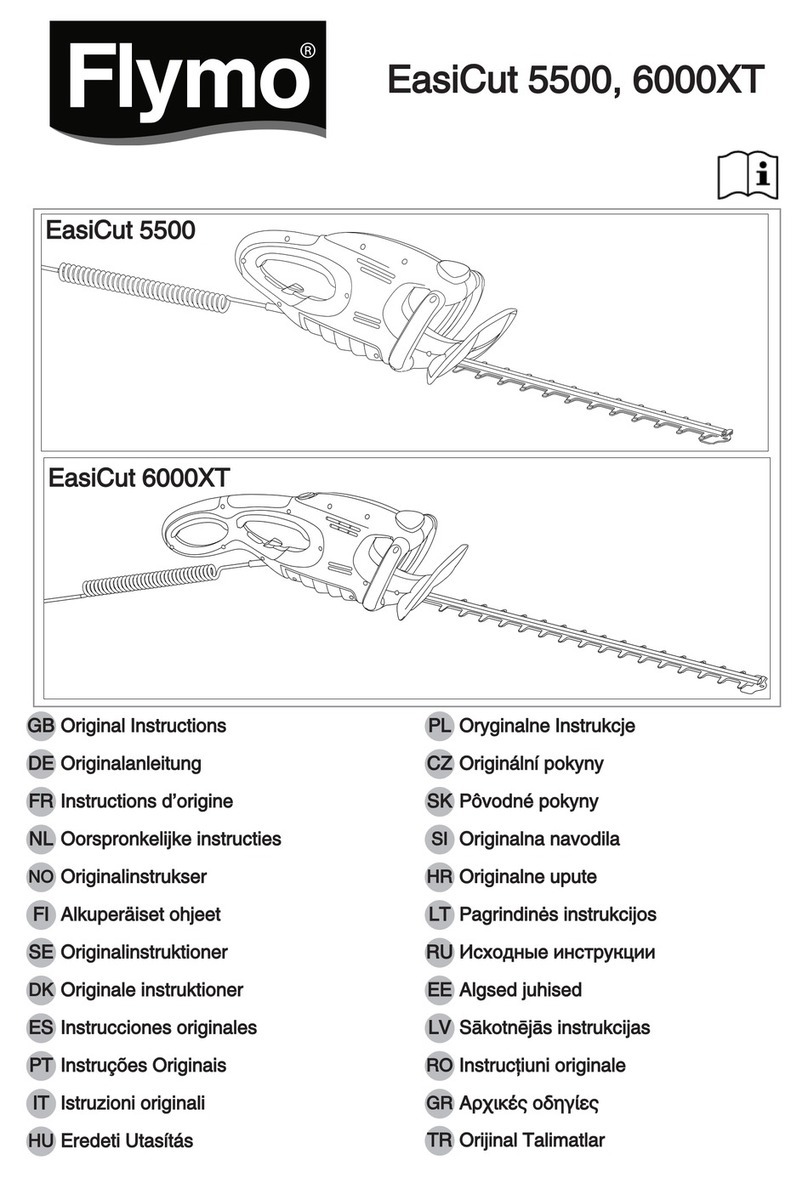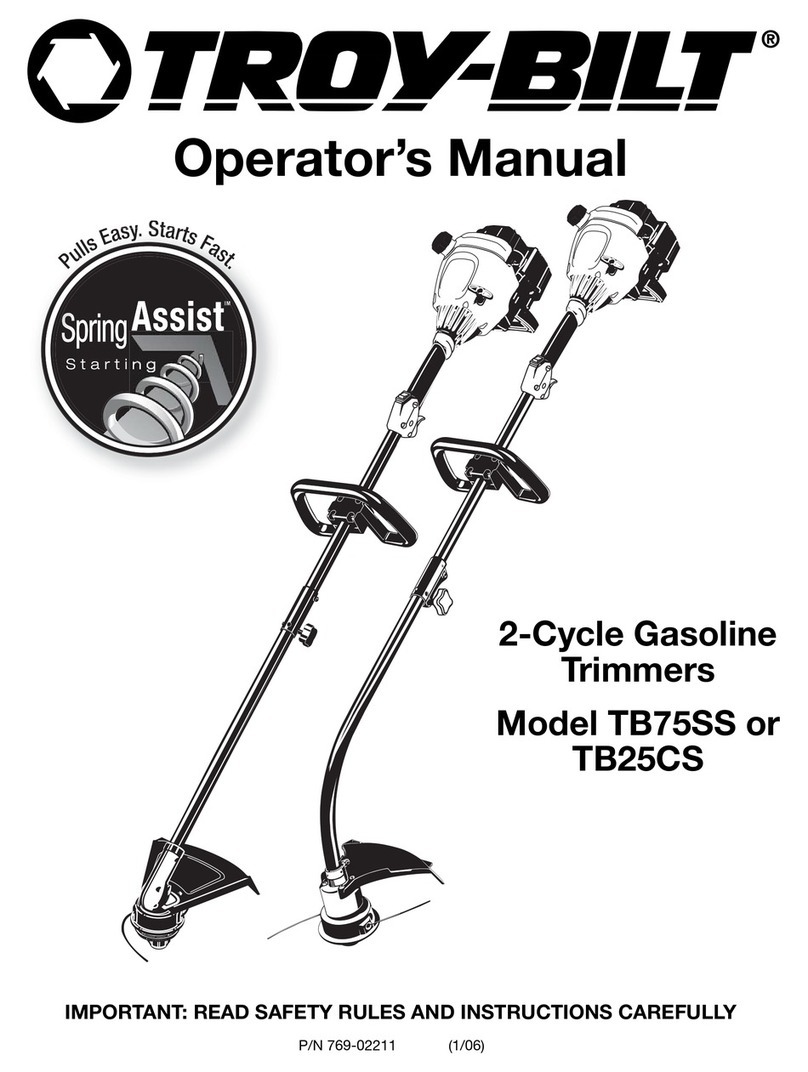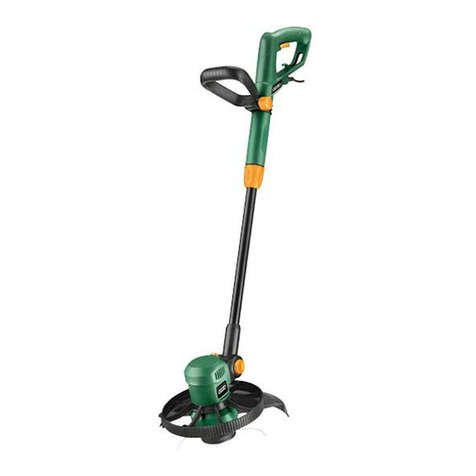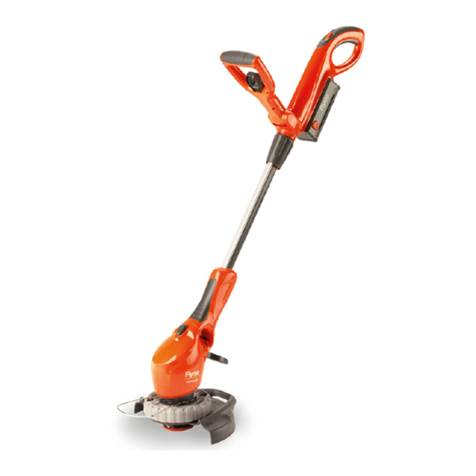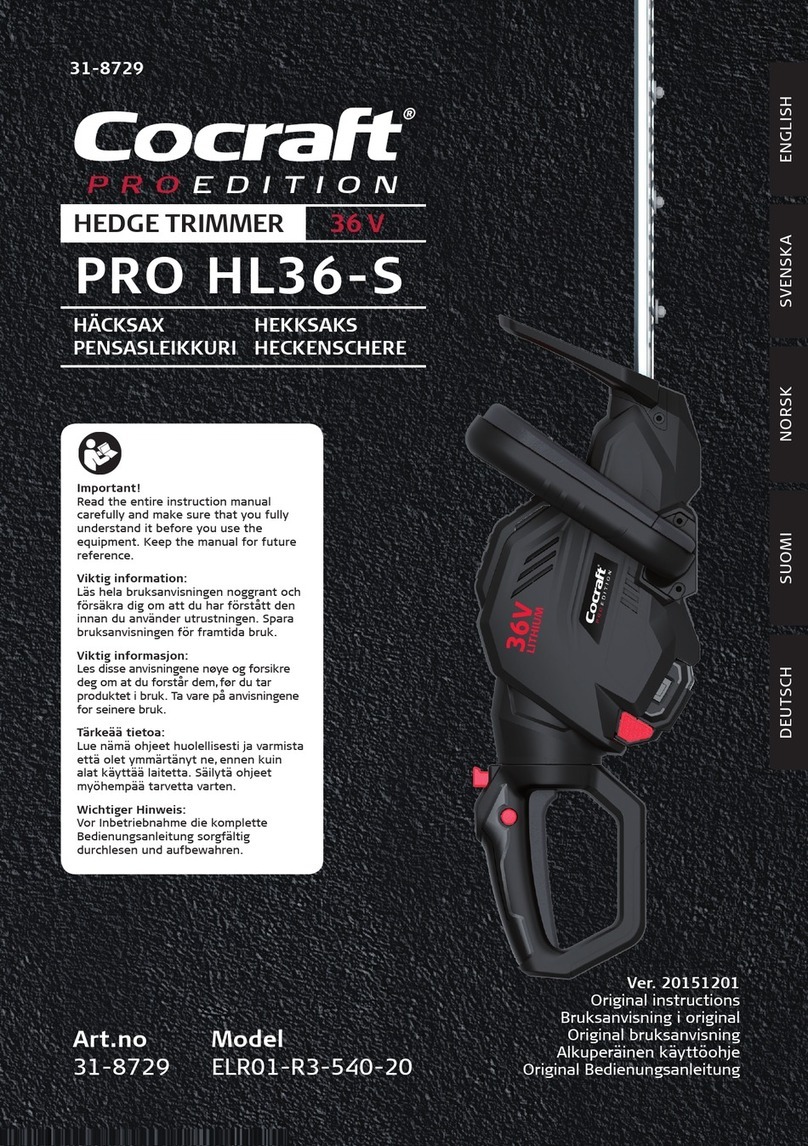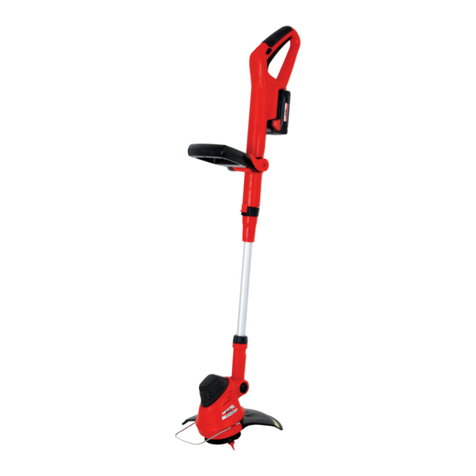
3
Contents
Decals and symbols............................................................................................................ 4
Rules for safe operation...................................................................................................... 5
Training.......................................................................................................................... 5
Eye protection................................................................................................................ 5
Hearing and ear protection ............................................................................................ 5
Protective clothing ......................................................................................................... 5
Additional protection ...................................................................................................... 5
Using shoulder harness ................................................................................................. 6
Fuel................................................................................................................................ 7
Physical condition .......................................................................................................... 7
Area and equipment inspection ..................................................................................... 7
General operation .......................................................................................................... 8
Vibration and cold........................................................................................................ 10
Repetitive stress injuries.............................................................................................. 10
Rules for safe operation with metal blade......................................................................... 11
Use correct blade......................................................................................................... 11
Reaction forces............................................................................................................ 12
Blade selection ............................................................................................................ 12
Rules for safe operation with nylon line cutting head ....................................................... 13
Use correct cutting attachment .................................................................................... 13
Description ........................................................................................................................ 15
Assembling ....................................................................................................................... 16
Drive shaft installation.................................................................................................. 16
U-handle installation .................................................................................................... 16
Shield installation......................................................................................................... 16
Guard plate installation ................................................................................................ 17
Installing blade............................................................................................................. 17
Fuel................................................................................................................................... 18
Fuel.............................................................................................................................. 18
Handling fuel................................................................................................................ 18
Operation .......................................................................................................................... 19
Starting the cold engine ............................................................................................... 19
Starting the warm engine............................................................................................. 19
Stopping the engine..................................................................................................... 19
Service maintenance guide .............................................................................................. 20
Troubleshooting ................................................................................................................ 21
Maintenance and care ...................................................................................................... 22
Cleaning air filter.......................................................................................................... 22
Check fuel system ....................................................................................................... 22
Replacing fuel filter ...................................................................................................... 22
Check spark plug ......................................................................................................... 22
Cooling system maintenance....................................................................................... 22
Carburettor adjustment ................................................................................................ 23
Cleaning silencer ......................................................................................................... 24
Angle transmission ...................................................................................................... 24
Storage ............................................................................................................................. 25
Long term storage (Over 30 days)............................................................................... 25
Disposal procedure........................................................................................................... 26
Specifications.................................................................................................................... 27
